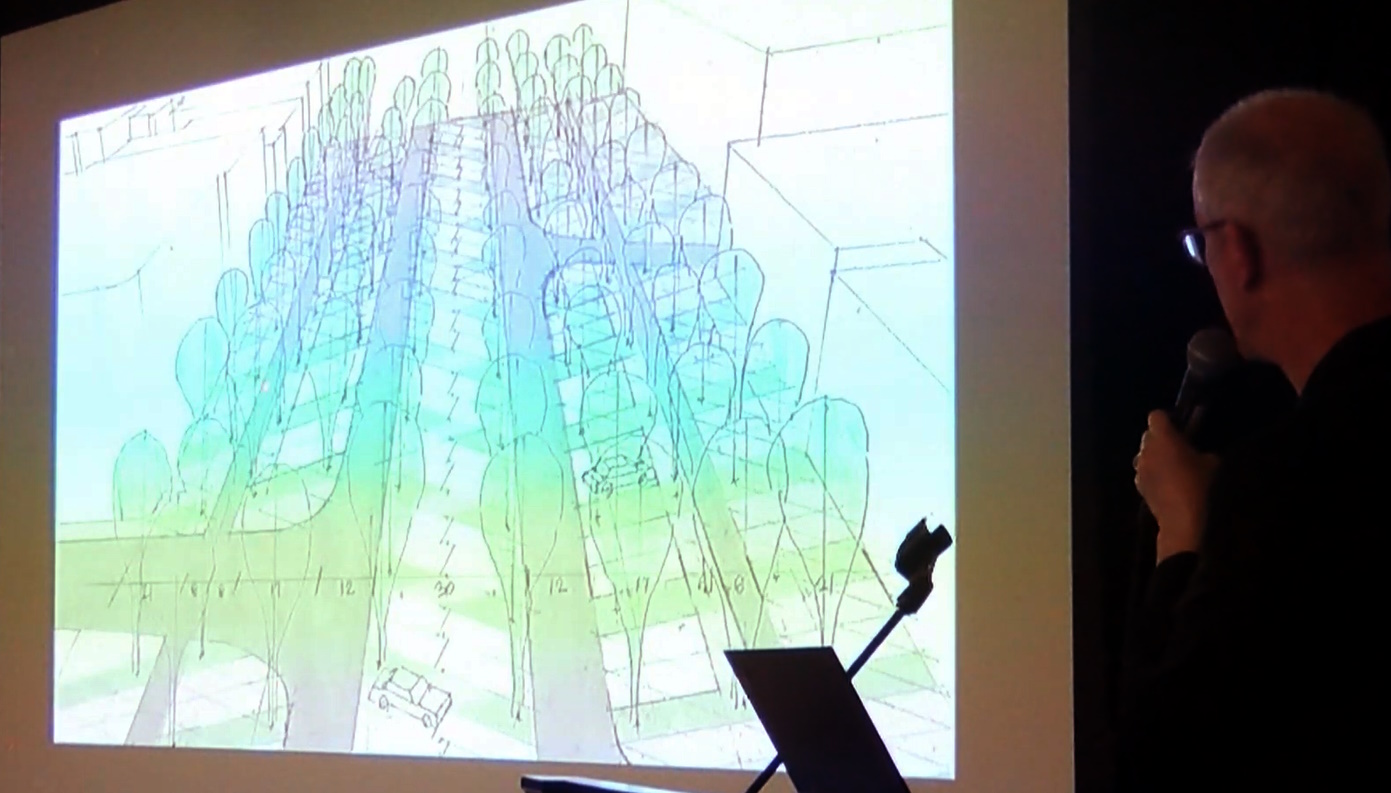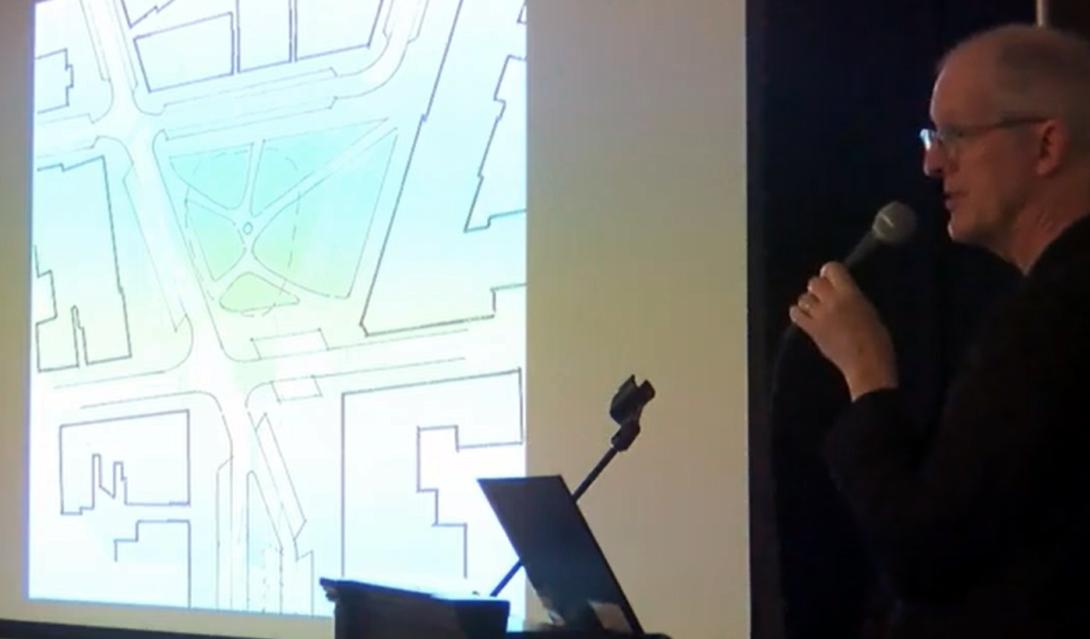On Monday, June 12, nationally renowned urban designer Jeff Speck came to speak in Keene, in relation to our ongoing discussions surrounding proposed updates to the city's downtown infrastructure. Speck is known as an expert in walkability, and the cost of his visit was crowdfunded by the Keene Downtown Group, including a contribution of $5000 from the City of Keene.
This was seen as needed because the downtown infrastructure project seems to have reached something close to a stalemate. While opponents of the project, through a vote of the City Council's MSFI Committee, have managed to remove many of the aspects of the plan that appeal to its proponents - like bike lanes, traffic pattern fixes, and added greenspace on the square - these changes leave the project in a place where it would be unlikely to draw significant funding through federal transportation grants. As a result, city residents would be on the hook for almost all of the $14+ million price tag of a project that fixes a lot of pipes underground but does little at the surface.
Jeff Specks' full presentation is worth watching if you haven't already. One point he made is that there are ample opportunities for placing dense residential development in the downtown area, particularly along Gilbo Avenue. According to the city's recent housing needs assessment, there is a need for 1400 new housing units in Keene over the next 10 years.
Speck also made the point that several of Keene's roads, including Main Street and West Street, are currently built to support a much higher number of cars than are actually served. There are several locations where the number of lanes of traffic could be reduced without reducing the ability of our streets to support the number of cars we actually have.
On Main Street, for example, we do not actually need to have two, and even three lanes of automobile traffic in each direction. One lane in each direction, plus appropriate turning lanes, can serve our traffic volume while creating room for bike lanes, broader sidewalks, and much better and safer pedestrian crossings.
Speck even figured out how to do it all while maintaining parking in the center of Main Street - which is a huge priority for some, though I think its misguided. Speck's plan entails replacing the space-consuming mini-lawns and extra sidewalk of the current median with a more efficient design that creates a flexible-use parking plaza and (the good part) lots and lots of trees.
It was Speck's proposal for Central Square that I really like. I feel that the fundamental problem with our traffic pattern downtown is that it combines the worst aspects of traffic lights (the waiting) with the worst aspects of a traffic circle (the merging, the confusion, and the consumption of valuable real-estate). It would be far better to have one or the other, but not both.
Specks proposal for a simple 4-way traffic light resolves this issue in a clean and effective way, while also creating new green space in front of City Hall and making it so that the center of the Square is no longer an island surrounded by asphalt and traffic. 
I like it as a pedestrian, but I think its good for drivers too... cars on Roxbury Street will now be able to proceed straight, directly on to West Street, without having to go up and around and merge across traffic coming in from Court Street. Cars going from Main Street to West Street would simply need to take a left at the arrow. Traffic coming down from Washington Street will proceed similar to the way it always has, as it won't be effected by the reclaiming of the street on the east side of the Square.
All in all, I think these are some strong suggestions that I expect the City Council to take seriously as we consider the issue again at our upcoming workshop on July 6.

